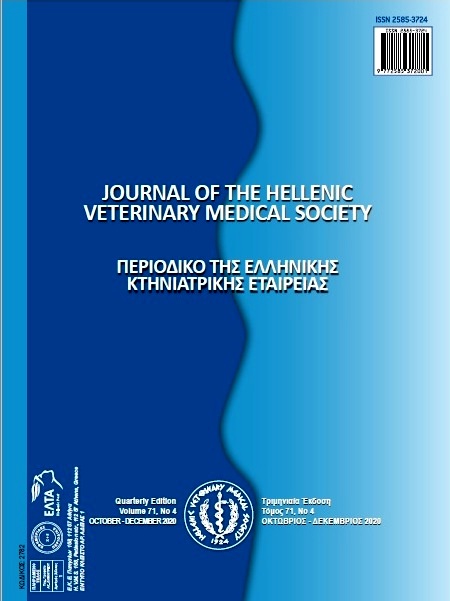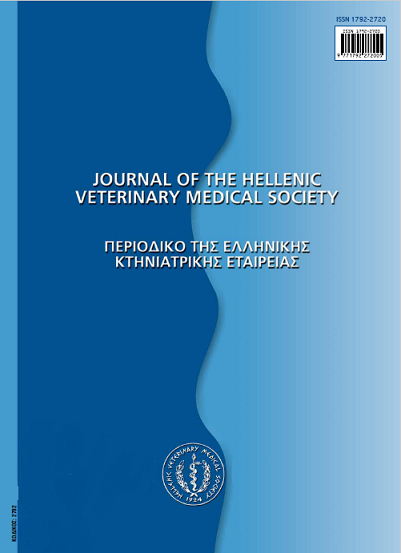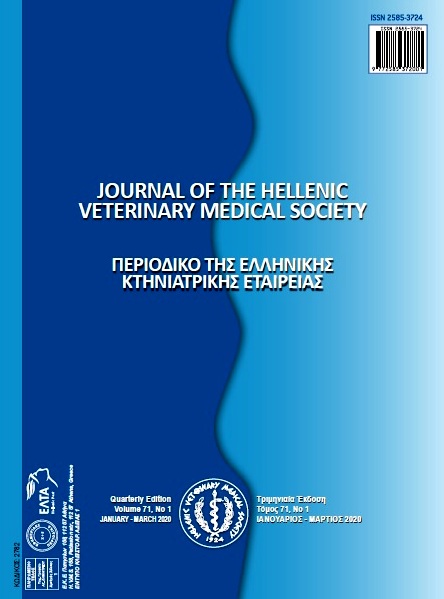Effects of wild type lactic acid bacteria on histamine and tyramine formation in sucuk

Abstract
Biogenic amines (BAs) are formed by the decarboxylation of amino acids in fermented products and accumulate in these products due to the fermentation conditions, the natural microflora of the product, and the diversity of amino acids. Although they are inhibited by the human body, they are a hazard to public health. Starter cultures used in fermented sucuk should not have amino acid decarboxylase properties. The aim of the present study was to determine proteolytic activity, histidine and tyrosine decarboxylase enzyme activities of Lactobacillus plantarum, Lactobacillus sake, and Lactobacillus curvatus species and to evaluate the level of BA in sucuk groups containing these lactic acid bacteria (LAB). It was determined that none of the LAB generated these activities. While histamine values were not statistically significant in the sucuk groups (P> 0.05), tyramine values showed statistically significant differences (P<0.05). The tyramine values of GI ( = 1.43 ± 0.75) and GIII ( = 2.73 ± 1.02) groups were lower than C ( = 8.97 ± 5.29) and GII ( = 7.58 ± 2.90) groups. According to the results of the study, L. plantarum or L. curvatus can provide more reliable fermented products with respect to tyramine formation. L. plantarum, L. sake, and L. curvatus could reduce histamine and tyramine formation in fermented sucuk.
Article Details
- How to Cite
-
DOĞAN, Y. N., LENGER, Ö. F., DÜZ, M., DOĞAN, I., & GÜRLER, Z. (2021). Effects of wild type lactic acid bacteria on histamine and tyramine formation in sucuk. Journal of the Hellenic Veterinary Medical Society, 71(4), 2553–2558. https://doi.org/10.12681/jhvms.25936
- Issue
- Vol. 71 No. 4 (2020)
- Section
- Research Articles

This work is licensed under a Creative Commons Attribution-NonCommercial 4.0 International License.
Authors who publish with this journal agree to the following terms:
· Authors retain copyright and grant the journal right of first publication with the work simultaneously licensed under a Creative Commons Attribution Non-Commercial License that allows others to share the work with an acknowledgement of the work's authorship and initial publication in this journal.
· Authors are able to enter into separate, additional contractual arrangements for the non-exclusive distribution of the journal's published version of the work (e.g. post it to an institutional repository or publish it in a book), with an acknowledgement of its initial publication in this journal.
· Authors are permitted and encouraged to post their work online (preferably in institutional repositories or on their website) prior to and during the submission process, as it can lead to productive exchanges, as well as earlier and greater citation of published work.




